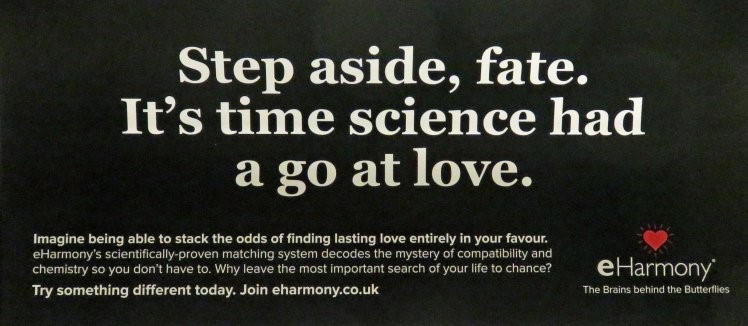The shifting marketing (research) reality: from scarcity to abundance
We live in an age where information is more accessible than ever before. In the past, information was a scarce resource and its accessibility was (p)reserved for those who knew the right people or were willing to pay for it. The ones that stood out were those that had access to the right data, information and insights.
In a pre-Google era, access to information was mainly fueled through libraries, where people had to physically go somewhere to read and learn about something or gain information on a specific topic. As time passed, the ownership of information shifted, with institutional libraries no longer being the sole owners of encyclopedias and these fact manuscripts entering many households. And this democratization of information took an even bigger leap with the rise of the internet, transforming information from a scarce good to a commodity to its current abundant availability.
Since its launch in 2001 as a crowdsourced repository of information, Wikipedia, the multilingual, free-content encyclopedia has changed the way we access and exchange knowledge. Today, Wikipedia consists of 40 million articles in 293 languages. The English Wikipedia alone has around 33 million users who have access to approximately 5,605,827 articles, with an average of 800 articles being added every day. In 2014, a German-based group called PediaPress wanted to print Wikipedia, estimating it would take more than one thousand 1,200-page volumes to contain the content of Wikipedia, which would have corresponded with more than one thousand 1,200-page volumes of content taking up more than 80 meters of shelf space.

This change in both the creation and the access of information has led to people being less valuable for what they know.
The time is over when marketers could say whatever they wanted and spread false claims about their products or services. Transparency in the new norm, as everyone can now not only access but also contribute to the big vase of knowledge. eHarmony, the online dating service, learned it the hard way: an advert made by the company has been banned after its scientific claims were dismissed for being false. The Advertising Standards Agency (ASA) said that eHarmony could not offer any evidence that its customers had a better chance of finding lasting love with the company’s “scientifically proven matching system”.

We are living in a world of too much data, where the true challenge now lies in handling, prioritizing and making sense of it all. Marketing research has changed from being a primary data source to being part of the mix of multiple data streams available for decision-making. In this data-rich insights-poor world, marketers and (marketing) researchers are being challenged to connect the dots in order to feed decision-making.
How can marketing (research) embrace this new reality? Learn more in our Have we lost our EDGE? bookzine, available for download.




